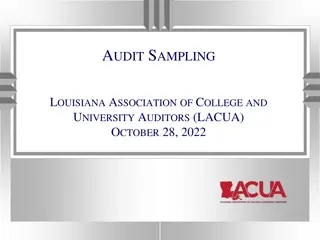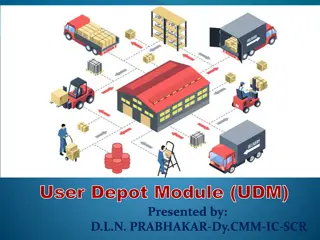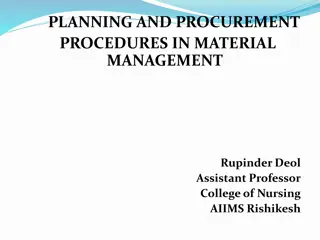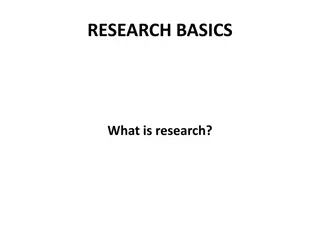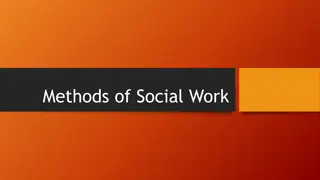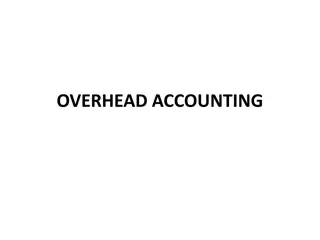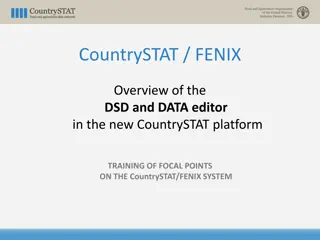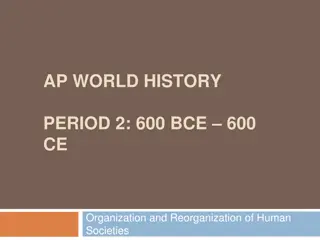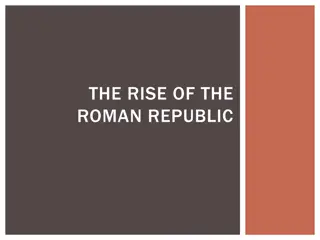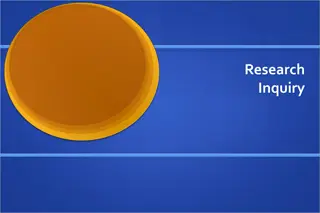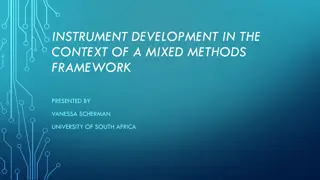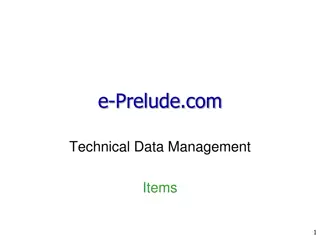Methods of Codification in Material Research and E-Material Management
Codification is the process of assigning symbols or code numbers to easily identify materials. This includes numerical, alphabetical, alpha-numeric, decimal, Kodak, and color codification methods. Each method serves a specific purpose in organizing and identifying materials efficiently.
Download Presentation

Please find below an Image/Link to download the presentation.
The content on the website is provided AS IS for your information and personal use only. It may not be sold, licensed, or shared on other websites without obtaining consent from the author.If you encounter any issues during the download, it is possible that the publisher has removed the file from their server.
You are allowed to download the files provided on this website for personal or commercial use, subject to the condition that they are used lawfully. All files are the property of their respective owners.
The content on the website is provided AS IS for your information and personal use only. It may not be sold, licensed, or shared on other websites without obtaining consent from the author.
E N D
Presentation Transcript
Welcome to all for the PSK Online lecture Chapter 2 Material research and E-Material Management By Dr. Dhiraj Ovhal HOD of Commerce
Q.5 :- Explain Codification and Methods of codification as well as Advantages of Codification? Meaning: - It means giving or assigning a symbol or a code number to material for easily identify. For example in college students are identified with Roll no and GR no. During the examination we can use code As Seat No for identification of students.
The methods of Codification The methods as follow:- Write a lot number Name of commodity Name of items received in one lot is written For example:- A store receives a lot of 39 half cases of apples & lot is 325 .. :- The code is :- 325/A 39 HC A store receives a 120 Bags of potatoes & lot no is 336 .. :- The code is :- 336/ P 120B
Methods of Codification:- 1. Numerical codification system:- numbers are given for the codification 2. Alphabetical codification system:- Alphabets are given for the codification 3. Alpha numeric codification :- Numbers and Alphabets are given for the codification 4. Decimal codification :- The number of digits is given certain things like value, size, 5. Kodak codification:- 6. Colour codification:- like electric wire Red means danger
1. Numerical codification system :- Numbers are given to the material to identify easily This is suitable for those companies where numbers of items are large Such as 1 for Screw 2 for Nut Roll No and GR No-- 22 and 7896
1. Numerical codification system :- Numbers are given to the material to identify easily This is suitable for those companies where numbers of items are large Such as 1 for Screw 2 for Nut Roll No and GR No-- 22 and 7896
2. Alphabetical codification system :- Alphabets are given to the material to identify easily Such as A for Screw, B for Nut, etc,. Your Name :- Dhiraj
3 Alpha numeric codification :- In this Alphabets and Numbers combination are using for the codification Such as A1 for Screw B2 for Nut Car Number MHO4 -2236
4. Decimal codification :- It is more commonly used The number of digits in the code will depend upon the extent classification required The greater the number of details to be covered The greater will be the number of digit
5. Kodak codification:- The Kodak system has been developed by East Man Kodak Company of New York which consists of 10 digits of numerical code. Major grouping is based on the source of supply. Coding is contributed by only procurement. Benefits Important factor in indenting, purchasing and issuing activities.
6. Colour codification :- Colour are used for the codification
Methods of Codification:- 1. Numerical codification system:- numbers are given for the codification 2. Alphabetical codification system:- Alphabets are given for the codification 3. Alpha numeric codification :- Numbers and Alphabets are given for the codification 4. Decimal codification :- The number of digits is given certain things like value, size, 5. Kodak codification 6. Colour codification:- like electric wire Red means danger
Advantages of codification:- Quick and easy identification of materials Helps to ensure proper material control Secrecy of materials Saving time in material handling Reduce chance of wrong issues
Attendance Link https://forms.gle/Xqvykv5vfEi1zpyF7 (Mention date at last point)


